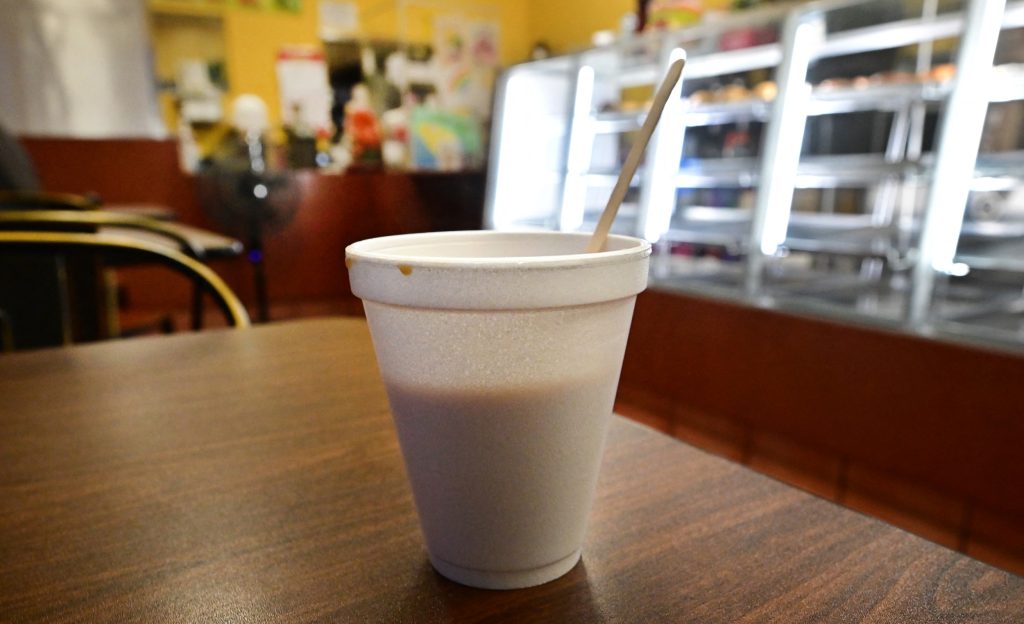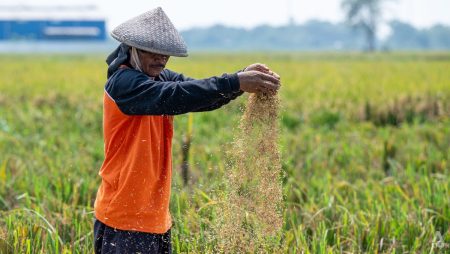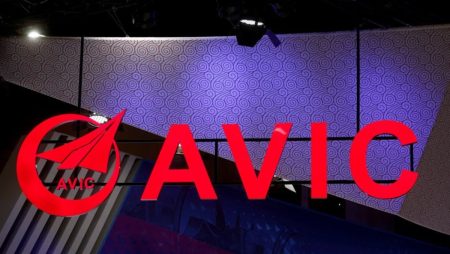California’s groundbreaking legislation targeting plastic waste, SB 54, marks a significant stride in the fight against environmental pollution, particularly concerning the pervasive issue of expanded polystyrene foam, commonly known as Styrofoam. Effective January 1, 2024, the state effectively bans most food containers made from this material, a move projected to eliminate billions of foam ware items annually. This action addresses the detrimental impact of these products, which readily fragment into microplastics, polluting land and waterways, and posing a substantial challenge for recycling systems. The law mandates a 25% recycling rate for polystyrene foam ware, a benchmark practically unattainable given current recycling capabilities, effectively forcing businesses to transition to alternative materials.
The pervasiveness of polystyrene foam pollution stems from its lightweight nature, enabling it to travel vast distances and contaminate ecosystems far from its origin. Furthermore, the material’s resistance to biodegradation means it persists in the environment for extended periods, contributing to the growing accumulation of plastic waste globally. The low recycling rate for expanded polystyrene further exacerbates the problem, as only a negligible percentage is actually recycled. This reality underscores the urgency of California’s legislation and the need for broader, systemic change in how we produce and manage plastic waste.
SB 54, officially known as the Plastic Pollution Prevention and Packaging Producer Responsibility Act, tackles the issue through a multi-pronged approach. Beyond the effective ban on polystyrene foam food containers, it establishes an extended producer responsibility system, holding manufacturers accountable for the end-of-life management of their products. This system incentivizes the development of more sustainable packaging and provides funding for improved waste collection, sorting, and recycling infrastructure. The legislation also sets ambitious targets for reducing single-use plastics by 25% within a decade and mandates that all plastic food ware be either recyclable or compostable, promoting a shift toward a circular economy for plastics.
The impact of California’s law is anticipated to be substantial, not just within the state but nationally and potentially globally. As the fifth-largest economy in the world, California’s actions often influence market trends and policy decisions elsewhere. This move is expected to accelerate the development and adoption of sustainable alternatives to polystyrene foam, further incentivizing the industry to move away from problematic materials. While companies like Dart Container, a major producer of foam ware, are adapting to the changing landscape by reducing their operations in California, they acknowledge the need for innovation and sustainable solutions.
The broader momentum toward addressing plastic waste is reflected in the actions of other states, cities, and international organizations. Ten other states and over 100 cities have already implemented bans or limitations on foam ware. The United Nations is also engaged in ongoing negotiations for a global treaty on plastic waste, aiming to establish international standards and cooperation on this critical issue. The alignment between the treaty’s language and the U.S. Plastics Pact’s list of problematic materials, which includes expanded polystyrene, further highlights the growing consensus on the need to phase out these environmentally harmful substances.
California’s approach, targeting the most problematic materials first, is supported by organizations like the World Wildlife Fund and the U.S. Plastics Pact. This strategy recognizes the importance of prioritizing action on materials that lack clear pathways for sustainable reuse or recycling. The experience of other states, like Maryland, which saw a significant reduction in foam ware litter after implementing a ban, demonstrates the effectiveness of such policies. The Ocean Conservancy’s coastal cleanup data further underscores the disproportionate impact of expanded polystyrene foam, which despite representing a small fraction of total plastic usage, consistently ranks among the top ten items collected during these cleanup efforts. This evidence reinforces the importance of California’s legislation and its potential to significantly reduce plastic pollution.










